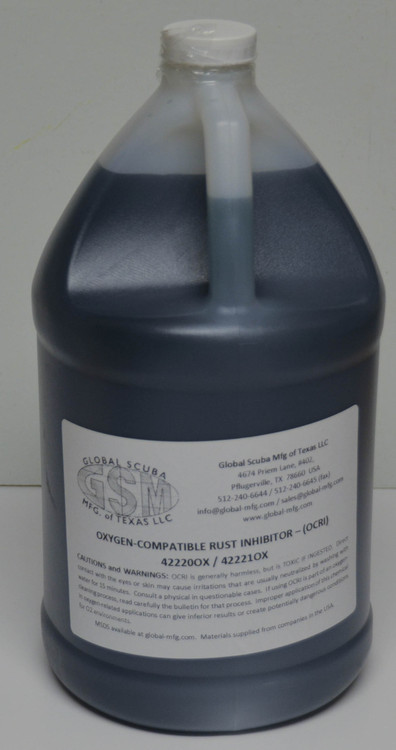Enevoldsen
Registered
Hi
How do you avoid flash rust, when O2 cleaning your RB tanks for 100% O2?
I find it extremely difficult, even when i do the final cleaning i near boiling water, and uses scuba-air afterwards to flush the water out.
Hit me….
How do you avoid flash rust, when O2 cleaning your RB tanks for 100% O2?
I find it extremely difficult, even when i do the final cleaning i near boiling water, and uses scuba-air afterwards to flush the water out.
Hit me….




